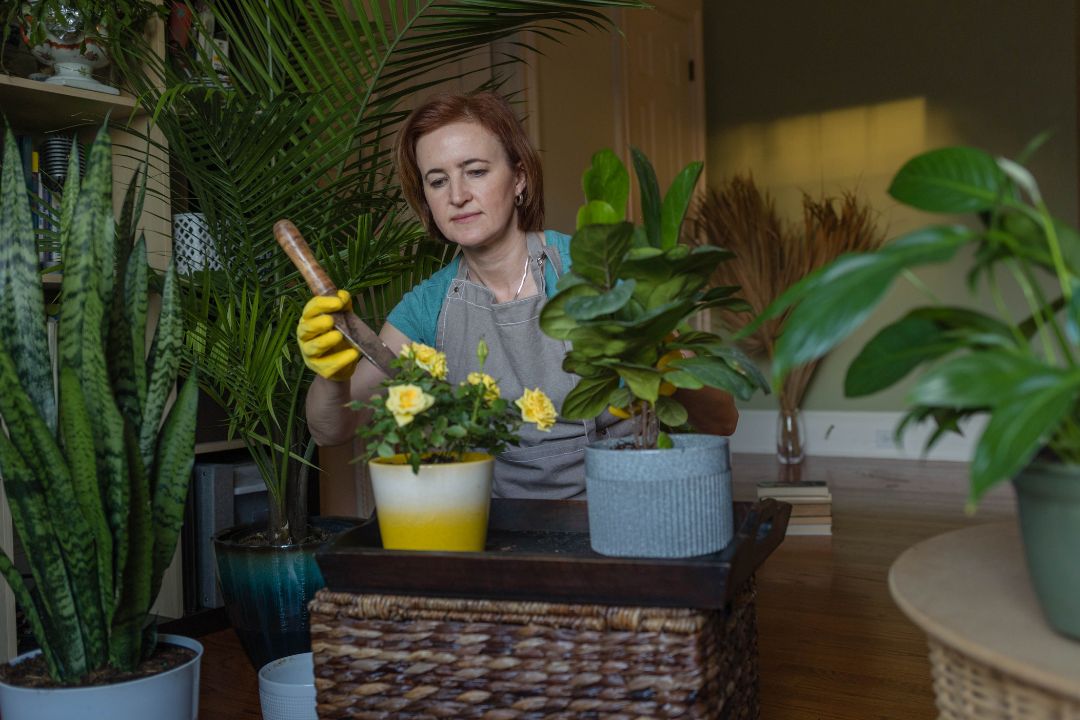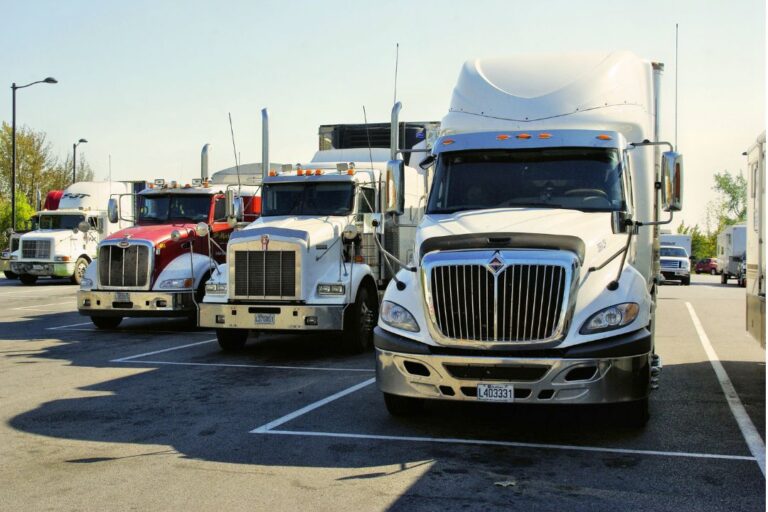Is a Schefflera a Monocot or Dicot Comprehensive Guide 2025
Introduction
As you observe your Schefflera plant, you may find yourself asking: Is a Schefflera a Monocot Or Dicot? This is an interesting question, especially if you’re into plant biology or just curious about your houseplant’s classification. Let’s dive into the world of monocots and dicots, and find out where Schefflera fits in.
Understanding the Basics: Monocots vs. Dicots
Before we answer whether Is a Schefflera a Monocot Or Dicot let’s break down the basics of these two plant categories. Flowering plants, known as angiosperms, are primarily categorized into two groups: monocots and dicots. They are classified based on several factors, including their seed structure, leaf veins, and vascular bundles.
What Is a Schefflera a Monocot Or Dicot?
Is a Schefflera a Monocot Or Dicote are plants that feature a single seed leaf, also known as a cotyledon. This is the first leaf that appears during seed germination. Monocots typically have parallel-veined leaves, and their vascular bundles (tissues that transport water and nutrients) are scattered throughout the stem. Monocots include plants like grasses, lilies, and palm species.
What Are Dicots?
In contrast, dicots possess two seed leaves, referred to as cotyledons. Their leaves usually have a branching vein pattern, and their vascular bundles are arranged in a circle around the stem. Most trees, shrubs, and many flowering plants are dicots, including roses, sunflowers, and beans.
The Schefflera Plant: A Quick Overview
Is a Schefflera a Monocot Or Dicot often called the umbrella plant, is a popular houseplant known for its glossy, palmate leaves and easy care. It’s native to tropical regions like Southeast Asia and Australia, where it grows in the wild as a shrub or small tree. The plant is loved for its attractive foliage and its ability to thrive in indoor environments.
Origin and Habitat of Is a Schefflera a Monocot Or Dicot
Is a Schefflera a Monocot Or Dicot plants naturally grow in tropical rainforests, where they can reach impressive heights. They’re typically found in regions with high humidity and indirect light, which makes them perfect for homes and offices with similar conditions.
Physical Characteristics of Schefflera
Schefflera plants have long, leathery leaves that are often arranged in a circular pattern, resembling an umbrella (hence the name). These plants can be grown as small bushes or trained into small trees, depending on how they are pruned. They also feature a sturdy trunk and woody stems.
Examining Schefflera’s Botanical Features
Now, let’s take a closer look at some of the key botanical features of Schefflera that can help us determine whether it’s a monocot or dicot.
Leaf Structure
One of the most noticeable features of Is a Schefflera a Monocot Or Dicot is its leaves. The leaves are compound, consisting of multiple smaller leaflets. This is typical of dicots, which tend to have more complex leaf structures than monocots.
Vascular Bundle Arrangement
If we examine the vascular bundles (the plant’s system for transporting water and nutrients), we’ll see that in Schefflera, they are arranged in a ring around the stem. This is another key indicator that Is a Schefflera a Monocot Or Dicot as monocots typically have scattered vascular bundles.
Why Schefflera is Classified as a Dicot
Schefflera belongs to the dicot group because it exhibits all the key characteristics of dicots: two cotyledons (seed leaves), a branching vein pattern in its leaves, and vascular bundles arranged in a ring. These traits place Schefflera firmly in the dicot category.
Key Dicot Features in Schefflera
To summarize, Schefflera’s dicot features include:
Two cotyledons
A branching vein pattern in its leaves
Vascular bundles are positioned in a ring formation around the stem
Woody stems and a more complex leaf structure
Why Does It Matter if a Plant is a Monocot or Dicot?
You might be wondering, “Why should I care whether my Schefflera is a monocot or dicot? Knowing whether a plant is a monocot or dicot can actually improve how you care for it.
Let’s explore why.
The Role of Plant Classification
Plant classification is essential for gardeners, botanists, and plant enthusiasts because it helps us understand a plant’s growth habits, care requirements, and potential problems. Knowing whether a plant is a monocot or dicot can guide you in choosing the right soil, watering schedule, and pruning methods.
Impact on Care and Growth
For example, Is a Schefflera a Monocot Or Dicot often require different approaches when it comes to fertilizing, repotting, and propagating. While this might not drastically affect your Schefflera’s care, it’s still useful to know what type of plant you’re dealing with.
Conclusion
So, Is a Schefflera a Monocot Or Dicot It’s definitely a dicot! By examining its seed leaves, leaf structure, and vascular bundles, we can confidently classify it as a dicot. Understanding this classification can help you care for your Schefflera plant and ensure it thrives in your home.
FAQs
What is the difference between monocots and dicots?
Monocots have one seed leaf, parallel-veined leaves, and scattered vascular bundles, while dicots have two seed leaves, branching-veined leaves, and vascular bundles arranged in a ring.
Can I grow Schefflera from seeds?
Yes, Schefflera can be grown from seeds, though it’s more commonly propagated through cuttings for quicker results.
How do I care for a Schefflera plant?
Schefflera plants thrive in bright, indirect light and require soil that drains well. Water the plant when the top inch of soil is dry to the touch, and avoid giving it too much water.
Is Schefflera a popular houseplant?
Indeed, Schefflera is a favored houseplant because of its beautiful leaves and easy-to-care-for nature.
How can I tell if a plant is a monocot or dicot?
You can examine the seed leaves (cotyledons), leaf vein patterns, and vascular bundle arrangement to determine if a plant is a monocot or dicot.







